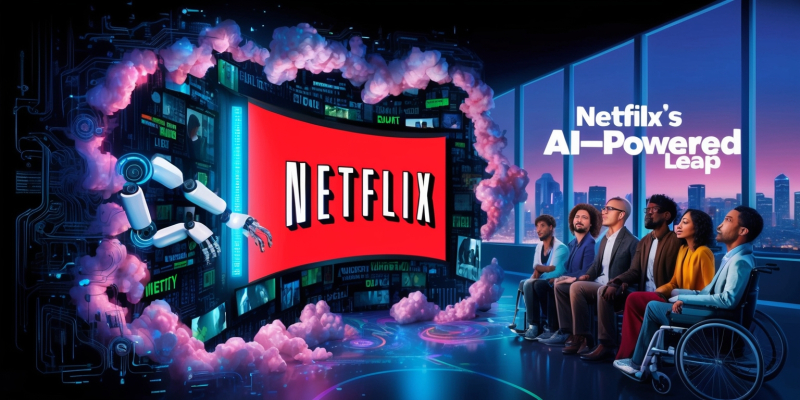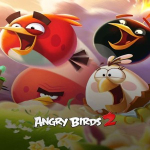Netflix's AI-Powered Leap: Transforming Visual Effects and Storytelling
2025-07-22

This piece opens with an exploration of recent innovations in digital storytelling, highlighting a significant shift in the creative process. Traditional methods are being enhanced by new technology, opening up opportunities while sparking debate across the industry.
Netflix has affirmed its implementation of generative AI in a completely produced original work for the first time. In an Argentine science fiction series, a dramatic scene featuring a collapsing building in Buenos Aires was produced entirely with AI by the company’s own Eyeline Studios. The technology enabled the effect to be produced in a timeframe that was ten times faster than conventional methods and made it feasible within a limited budget.
A company executive explained that the integration of AI represents a remarkable opportunity for enhancing the quality of films and series rather than merely reducing costs. He clarified that the technology assists creators through improved pre-visualization, shot-planning, and visual effects work—allowing visual techniques that were once exclusive to high-budget productions to be open to a more diverse array of projects.
This advancement comes amid concerns within creative and visual effects circles. During recent industry strikes, labor issues related to emerging technologies were a central issue. Some unions have cautioned that the adoption of such tools could displace experienced roles, and certain institutions have imposed restrictions on content produced by these technologies.
Alongside its technological investments, the streaming giant has reported robust financial performance in the recent quarter, achieving approximately $11 billion in revenue and $3.1 billion in profit. The success of key titles has contributed to an environment that supports further investments in innovation.
The discussion continues on whether these advances signal the replacement of traditional visual effects professionals or simply add another resource to the creative toolkit. Perspectives vary on the impact of these changes "paving the way for the next generation of cinematic and television production.".






